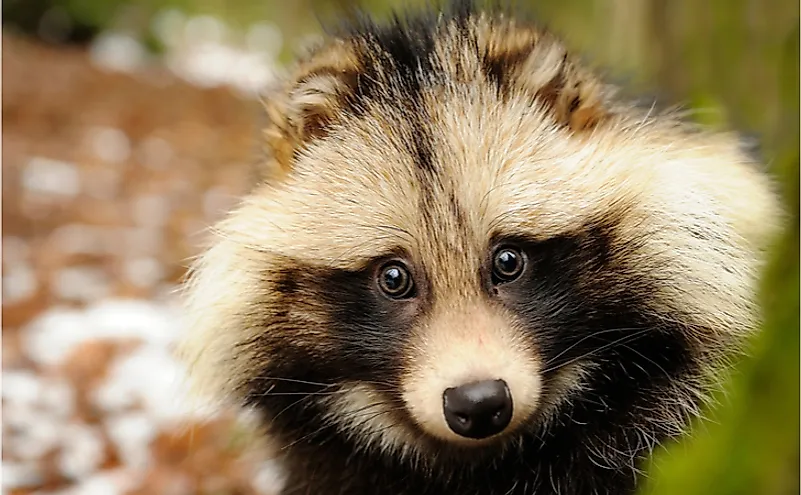What Is The Only Canid That Hibernates?

A canid is a mammal that belongs to the dog family, which is scientifically named Nyctereutes procyonoides and included in family Canidae. Examples of animals in the canid family include wolves, domestic dogs, jackals, wolves, foxes, dingoes, and coyotes. The only canid that hibernates is the raccoon dog, which is native to parts of East Asia but has been introduced to numerous countries in Eastern and Northern Europe. Raccoon dogs prefer to inhabit areas near forests and sources of water. The species is also sometimes known as "tanuki" and "magnut," and its closest relatives are the true foxes.
Physical Features And Behaviour
The body of a raccoon dog has a total length of 20 to 23 in, which includes a tail that is 7 in long, and its weight varies by season. They are brownish-grey in color during the winter, and reddish during the summer. Raccoon dogs are omnivores that feed on fish, seeds, insects, berries, birds, rodents, mollusks, amphibians, reptiles, nuts, carrion, and fruits. Predators of the raccoon dog include foxes, wolves, and badgers. Raccoon dogs have a gestation period of between 2 and 2.5 months and tend to give birth to litters of 6 or 7 cubs. The species has a life expectancy that is usually between 3 and 4 years.
Hibernation
The raccoon dog hibernates for six months each year, from November until April. During the cold season, the species take long naps that include light sleep, so that on warm days they can wake and hunt for food before resuming hibernation. In preparation for hibernation, the body mass of raccoon dogs increases by 50% as a result of storing fat. The dogs have two layers of fat, namely subcutaneous fat and internal fat, and to survive the winter, they require subcutaneous fat levels between 18% and 23% and internal fat levels between 3% and 5%. Additionally, the raccoon dog also adapts to the hibernation period by decreasing its rate of metabolism by 25%. Another adaptation for the winter season is low physical activity in December when snow depth reaches 6 to 8 in. However, physical activity increases in February, when mating season occurs and when more food is available. Furthermore, the raccoon dog has a long and thick winter fur, a thick underfur, and guard hairs that grow to lengths of nearly 5 in. This fur protects raccoon dogs from cold winters when temperatures have an average low of between −20° and −25°C.
Conservation Status
The International Union for Conservation of Nature's (IUCN) Red List classifies the raccoon dog’s conservation status as that of "Least Concern." However, many raccoon dogs are hunted for their fur, which is used to produce fur coats and calligraphy brushes. Other major threats to their existence include roads and railways, pollution, and various diseases.
Learn about some other animals that hibernate here.











